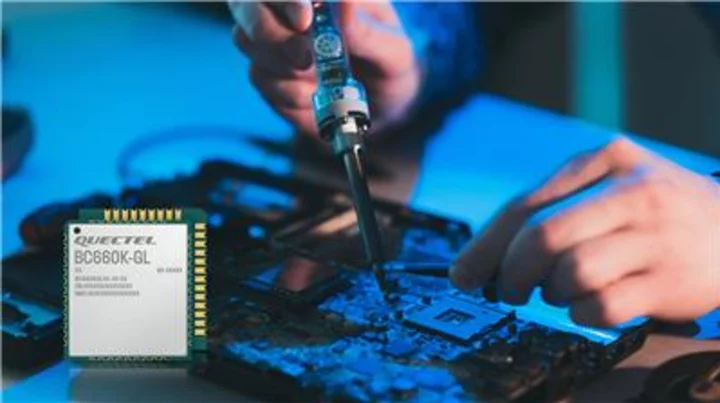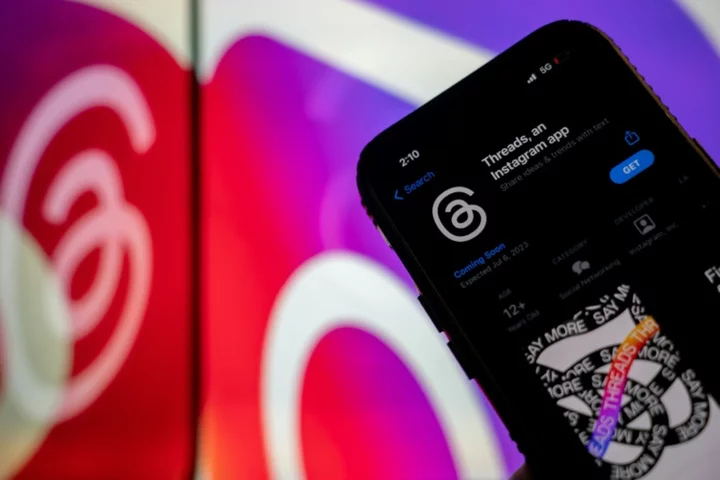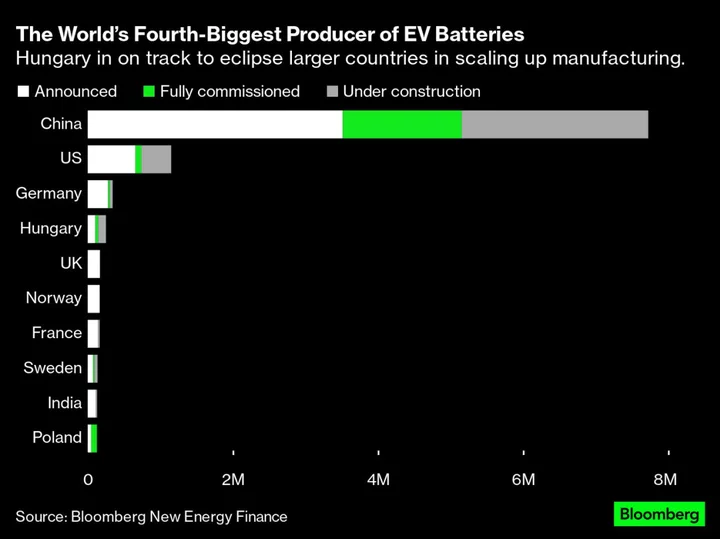
Quectel BC660K-GL module achieves certification for leading Australian and New Zealand networks
SYDNEY--(BUSINESS WIRE)--Aug 16, 2023--
2023-08-17 07:28

Twitter rival Threads signs up 100 million users in five days
The Threads app launched by Instagram as a rival to Twitter has signed up more than 100 million users in less than five days, data tracking websites said on Monday, smashing the record of...
2023-07-10 16:17

Desktop Health and Carbon Partner to Bring Flexcera™ Family Resins to the Carbon Digital Manufacturing Platform
BURLINGTON, Mass. & REDWOOD CITY, Calif.--(BUSINESS WIRE)--Jul 26, 2023--
2023-07-26 20:46

IPhone Maker Hon Hai Cuts Outlook as Electronics Demand Weakens
Hon Hai Precision Industry Co. now expects 2023 sales to fall after previously forecasting flat revenue, sounding a
2023-08-14 15:51

IShowSpeed roasts Nick Eh 30 after Fortnite star mocks YouTuber's loss in Sidemen Charity Match, Internet calls them 'funniest duo'
The exchange between the two social media stars comes after Nick Eh 30's earlier roast of IShowSpeed for not winning the Sidemen Charity Match 2023
2023-11-13 12:55

Weave Launches Softphones, New Features and Platform Enhancements to Help Small Businesses Better Leverage Remote Staff
LEHI, Utah--(BUSINESS WIRE)--May 31, 2023--
2023-05-31 22:29

The Mission to Create Europe’s Battery Hub, Whatever the Cost
Next to fields of corn and sunflowers near the city of Debrecen in eastern Hungary, workers in hard
2023-09-19 12:46

Meituan Planning Hong Kong Debut as Soon as Monday, Sources Say
Meituan is set to launch a sister app in Hong Kong as soon as Monday, taking the world’s
2023-05-18 18:55

What happened to Andrew Tate? Top G's training video shows disturbing whip scars on his back, fans say ‘true warrior mindset’
Andrew Tate believes that he has 'lived a life of pain to achieve the impossible' and that he struggles every day
2023-07-04 15:55

Warzone Health and AI Changes Leaked for Season 4
Warzone Season 4 leaks suggest player health will be increased to 150, Strongholds will be active right away, and AIs will no longer be in the game.
2023-06-14 03:56

Chinese tech giant Alibaba names next CEO
Chinese tech giant Alibaba said Tuesday it will replace its top boss in a surprise move at the e-commerce titan as it looks to recover from years of slow growth caused weak...
2023-06-20 13:53

Meta’s Threads App ‘Positive’ Vibe Tested by Users Known for False Claims
Since Meta Platforms Inc. launched Threads on Wednesday, millions of users have joined the new social platform that
2023-07-08 05:23
You Might Like...

Throw your own concert with up to 28% off portable speakers

Covid database: India's health ministry denies major breach

Yamaha President Stresses Hydrogen as Clean Option for Future

UFO expert claims that the south pole is a 'air traffic control' for aliens

Comcast RISE, Initiative to Support and Strengthen Small Businesses, Awards 100 Memphians With Comprehensive Grant Packages

Elon Musk claims Twitter login requirement just 'temporary'

Shipping's Greener Fuel Quest Runs Into Climate Complications

Coinbase to Buy Back Junk Bonds as Bitcoin Hovers Near 2023 High
